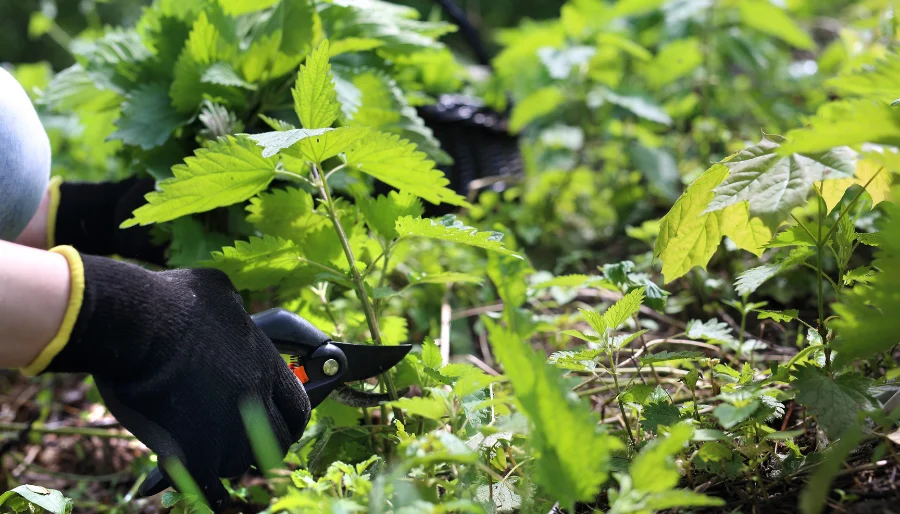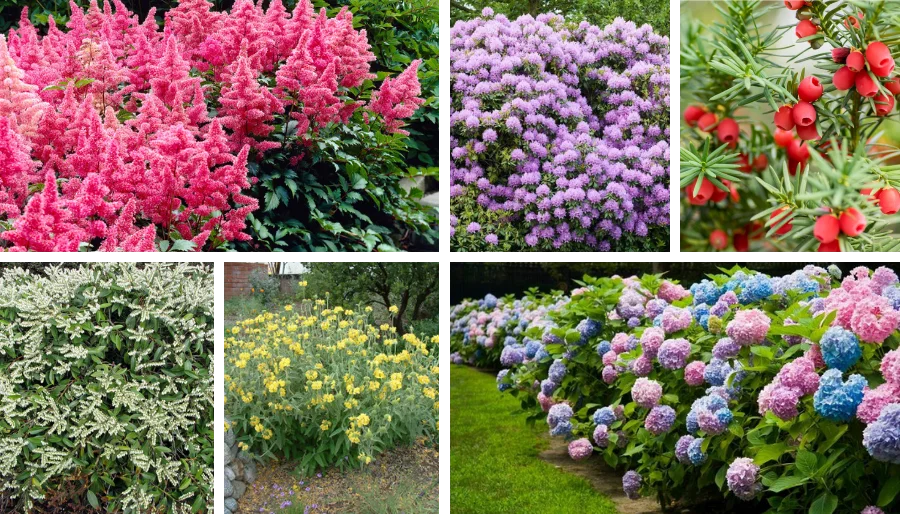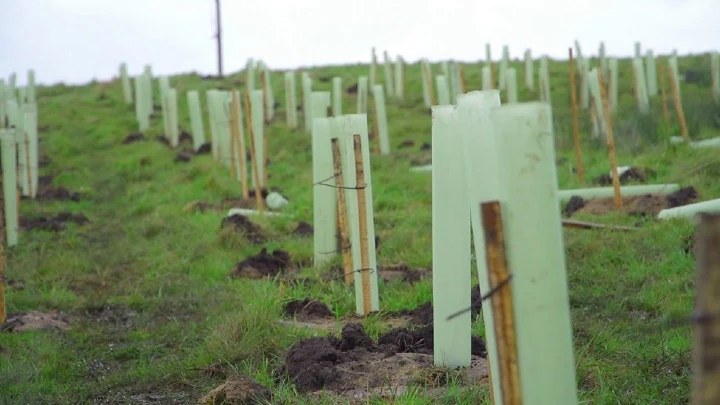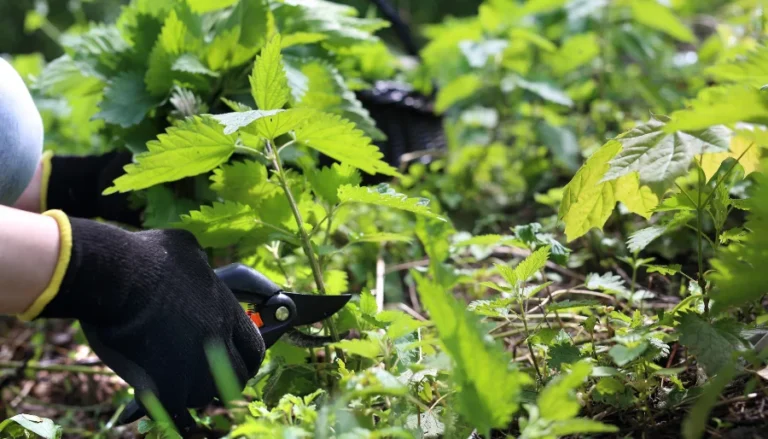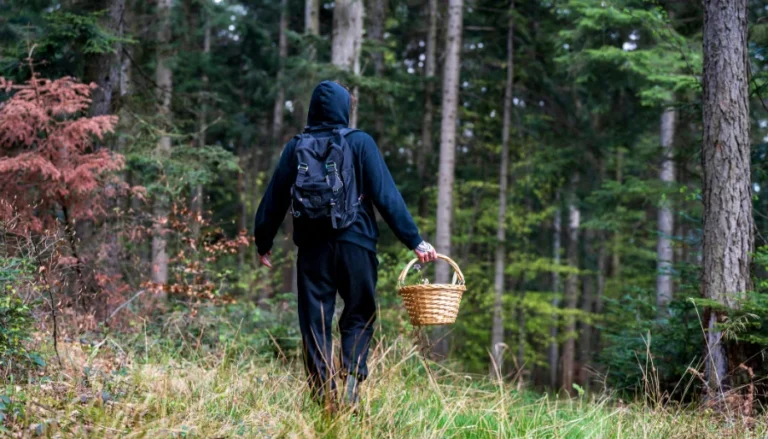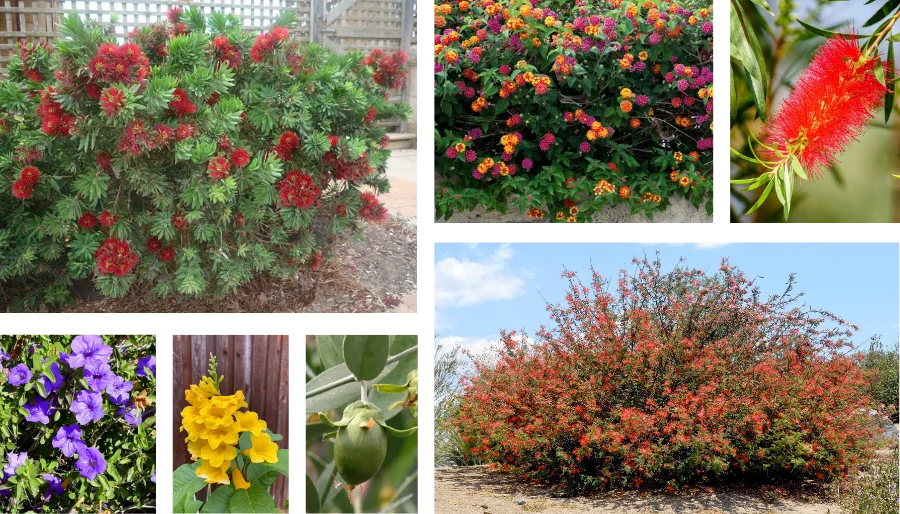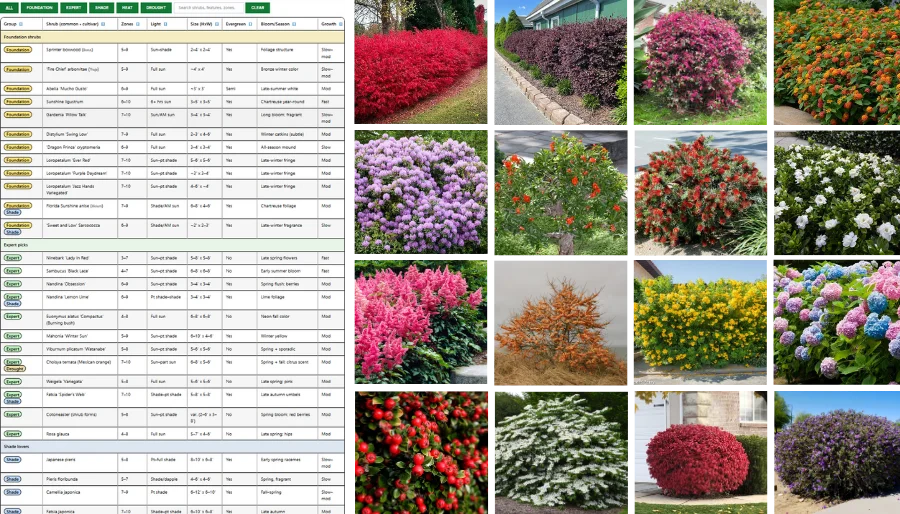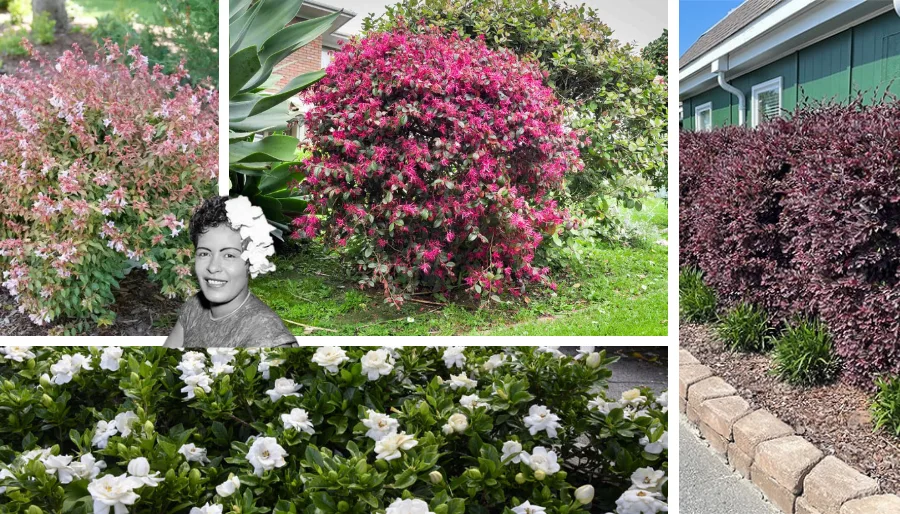As the climate crisis intensifies, there has been a pronounced increase in commercial tree-planting initiatives aimed at offsetting our soaring carbon emissions.
But, according to a comprehensive review in the esteemed journal Trends in Ecology and Evolution, these green efforts could be a double-edged sword, potentially endangering biodiversity and disrupting natural ecosystem functions.
Leading this study, Jesús Aguirre-Gutiérrez from the University of Oxford’s Environmental Change Institute laments, “In our earnest efforts to combat the climate crisis, we may have over-simplified the value of tropical ecosystems, boiling it down to a mere carbon metric.” He further argues for an ecological perspective, cautioning, “Favoring tree plantations with a laser focus on carbon capture can indirectly promote degradation of ecosystems.”
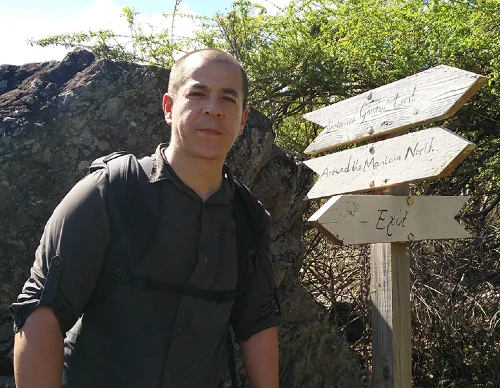
Tropical environments, encompassing lush forests, sprawling grasslands, and vast savannahs, are particularly appealing for tree plantations, given their optimal conditions for swift tree growth. Yet, it’s essential to distinguish between two types of plantations: those that rejuvenate already degraded areas (reforestation) and those that plant trees in pristine, previously non-forested regions (afforestation).
There’s a prevailing optimism that tree planting, besides carbon absorption, also nurtures biodiversity and fosters socio-economic upliftment. However, this study paints a different picture.
Contrasting with the vibrant diversity of tropical ecosystems, which offer myriad ecosystem services, carbon-focused plantations typically consist of repetitive monocultures.
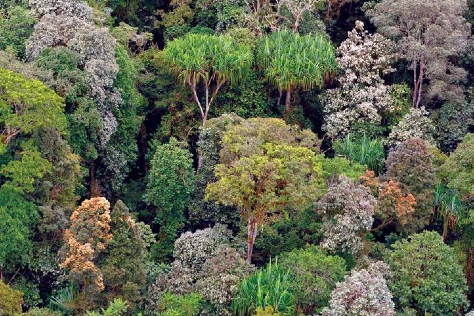
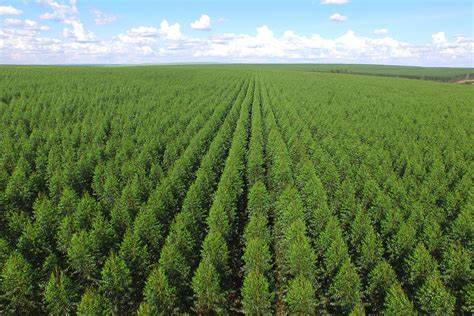
Globally, five primary species – teak, mahogany, cedar, silk oak, and black wattle – account for most plantations. These trees, while economically significant, tend to support a diminished biodiversity spectrum.
To illustrate, in Brazil’s Cerrado savannah, with a 40% spike in woody cover, there was an alarming 30% dip in plant and ant diversity. These plantations might even inadvertently harm the very ecosystems they’re nestled in by draining water resources and souring the soil.
The study emphasizes that even if we were to plant trees on a scale equal to the combined areas of the USA, UK, China, and Russia, it would only neutralize a year’s worth of global emissions.
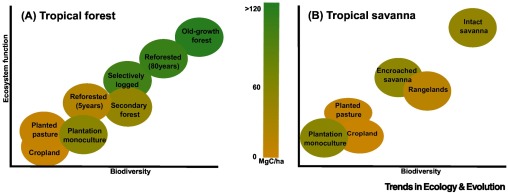
Moreover, tropical grasslands and savannahs, when left untouched, are already efficient carbon storage systems, especially underground.
Unlike tree plantations that store carbon primarily above ground, these natural sinks, safe from threats like droughts and fires, maintain underground carbon reserves.
But why the surge in tree plantations? The answer lies in economic allure.
Companies find solace and financial viability in offsetting their carbon footprint through tree planting. Carbon, unlike biodiversity or ecosystem health, is straightforward to quantify and translate into monetary terms.
This skewed perspective, however, could jeopardize genuine eco-friendly initiatives. Overzealously celebrating tree-planting’s carbon-storing prowess might eclipse the urgent need to safeguard intact ecosystems.
Concluding their research, the authors fervently appeal for a paradigm shift: “Rather than being swayed solely by the financial prospects of carbon projects, we must place paramount importance on preserving and rejuvenating the holistic functioning of our planet’s ecosystems.”
The Carbon Issue Breakdown
- The Situation
- With the climate crisis deepening, there’s a boom in tree-planting projects meant to offset carbon emissions.
- The Concern
- A study in Trends in Ecology and Evolution suggests these tree plantations might hurt biodiversity and natural ecosystems.
- The Study
- Led by Jesús Aguirre-Gutiérrez from the University of Oxford.
- He believes we’re reducing the vast value of tropical ecosystems to just their ability to capture carbon.
- Why Tropical Regions?
- They’re preferred for tree plantations due to their ideal conditions for fast tree growth.
- But there’s a catch: tree plantations can be:
- Reforestation: Planting trees in already damaged areas.
- Afforestation: Planting trees in untouched, non-forested areas, which can harm pristine ecosystems.
- The Biodiversity Problem
- While tropical ecosystems are diverse, carbon-focused plantations usually consist of the same species.
- Only five tree types – teak, mahogany, cedar, silk oak, black wattle – dominate these plantations.
- These plantations may harm native ecosystems, deplete water sources, and affect soil quality.
- The Scale of Planting
- Even if we plant trees over areas as vast as the combined territories of the USA, UK, China, and Russia, it’d only offset a year’s global emissions.
- Natural Carbon Storage
- Tropical grasslands and savannahs, when undisturbed, store carbon efficiently, especially underground.
- This natural carbon storage is more resilient to environmental threats than tree plantations.
- The Economic Angle
- Many companies are attracted to tree-planting projects because they can easily measure and monetize carbon offsets.
- However, focusing only on carbon capture might overlook the need to protect and restore ecosystems holistically.
- The Call to Action
- The researchers urge a shift in perspective: We must prioritize conserving and rejuvenating our planet’s ecosystems instead of just planting trees for carbon capture.



